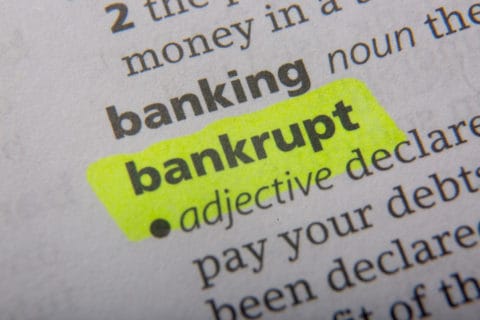Difference Between Secured and Unsecured Debt
In bankruptcy proceedings, a distinction is drawn between secured debt and unsecured debt, and they are dealt with very differently. Read on to learn more about how these types of debts are defined.
Secured debt consists of loans tied to property, like home and car loans. If a debtor cannot meet these obligations, the lender has the option of repossessing the property to pay the debt. Unsecured debt, on the other hand, is not tied to property and consists of things like credit card debt, medical bills, student loans, and unpaid child support and alimony. If a debtor cannot pay his unsecured debts, lenders may send the accounts to a collections agency, which will attempt to persuade the debtor to pay these debts. Lenders may also sue debtors or garnish their wages.
Chapter 7 bankruptcy deals with unsecured debt by liquidating a filer’s valuable property and using the proceeds to pay as much of these debts as possible. After bankruptcy proceedings are complete, these debts are discharged and the debtor is no longer responsible for them. Secured debts can also be discharged, but the debtor will lose the property they are tied to. Alternatively, a debtor can opt to reaffirm the debt and continue to pay it, allowing him to keep the property.

